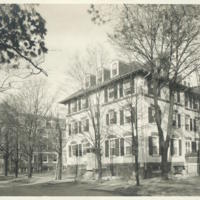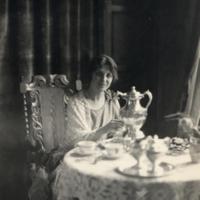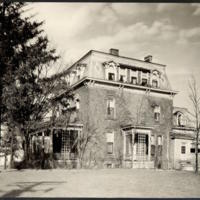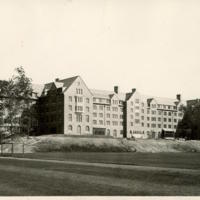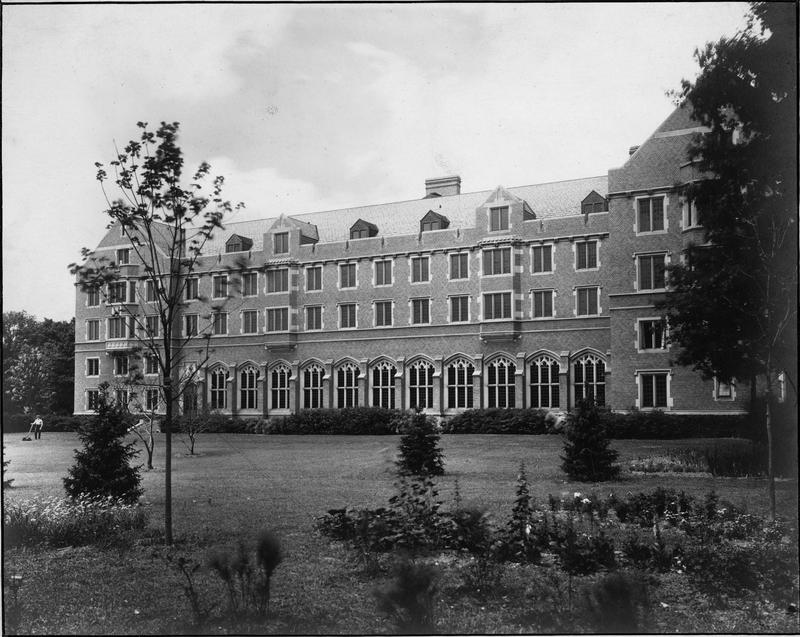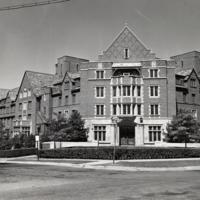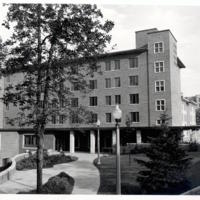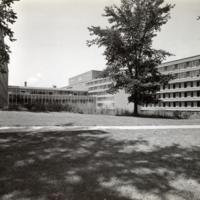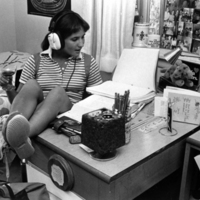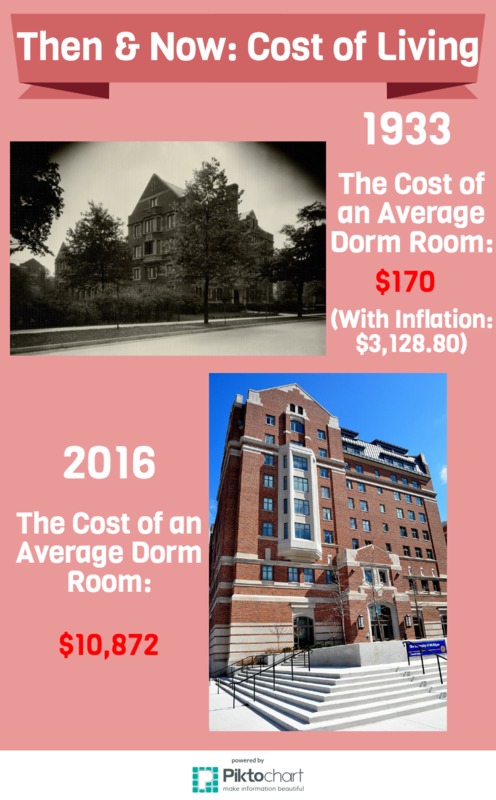Women's Housing
Boarding Houses
When the University began admitting women, a large portion of Ann Arbor residents were against co-education. In 1870, there were no University dorms or housing and many landlords did not want to rent rooms to “co-eds." The early boarding houses were home to both male and female students. One female student, Emma Ackerman (class of 1900) later remembered her experience living in a boarding house with men, writing, “I rebuked the young man in [the] next room (men and women, I am sorry to say, were in the same house those days) for coming to ask a question in his bathrobe."1
League Housing
In 1902, in loco parentis was established with the appointment of Myra Beach Jordan as the Dean of Women. These rules were officially put in place so that the University could act as a parent to female students and effectively prohibit indecent social practices, such as mixed boarding houses. In 1903, League Housing was established, which were boarding houses inspected and approved by the Dean of Women with rules requiring women to live in an approved house. Qualifications for League Housing included not only that the houses were female only, but also that parlors were provided for social activities. At this time, sororities began housing women on campus as well.
Residence Halls and Dorms
In 1915, the first residence halls for women opened, Martha Cook Hall and Helen Newberry Residence. By 1930 there were six residence halls for women, including the Adelia Cheever House, the Alumnae House, Betsy Barbour House, and Mosher-Jordan Hall. Admission was based on an application which looked at women's “high character, fine personality, and scholarship.”2 Occasionally, well connected parents would write to university officials, requesting their daughter be placed in the residence of her choosing, often Martha Cook or Betsy Barbour.3 During the 1940s, women's enrollment became dependant on the amount of available housing. Cooperative housing also became very popular. In 1952, the first dorms became co-ed.
After in loco parentis ended, many women students began moving off campus into apartments, housing, and cooperatives for the first time. Today most dorms on campus are co-ed, but three residences, Helen Newberry, Betsy Barbour, and Martha Cook remain all female.
1. Emma Ackerman, “Emma Catherine Ackerman Survey,” 1924, Box 109, Michigan University Alumni Association, Bentley Historical Library, University of Michigan.
2. Governance Judiciary Council, "History of the Women’s Judiciary Council", Woman's League University of Michigan Records 1890-2011, Bentley Historical Library, University of Michigan.
3. "Housing Facilities for Women at the University of Michigan," March 12, 1921, Housing Facilities for Women 1921-1937, Bentley Historical Library, University of Michigan.


